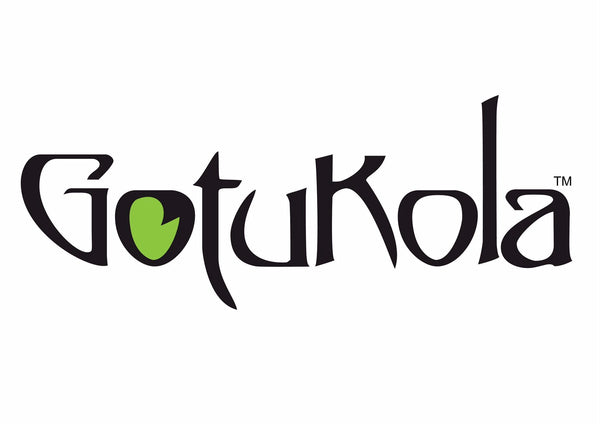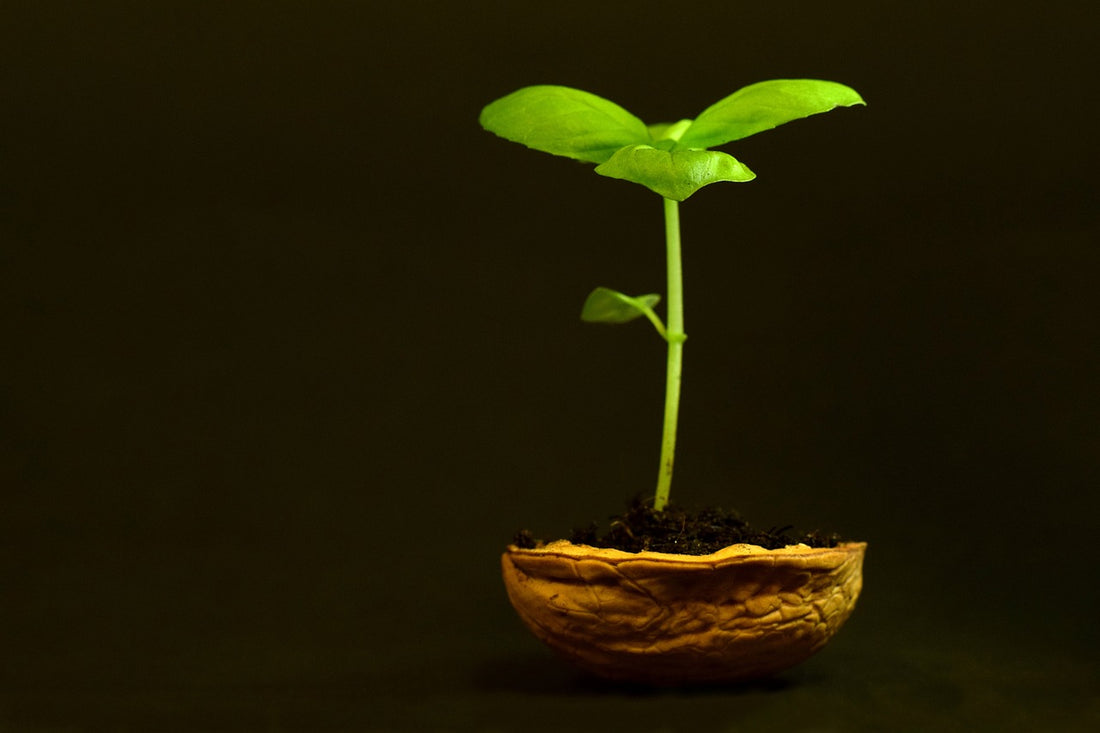The scientific term for a herbaceous perennial herb is Centella Asiatica. However, the Sinhalese word for it is Gotu kola. Such an herb goes by the popular name Asiatic Pennywort in English. Vallarai Keerai in Tamil, Mandukaparni in Sanskrit, and Swaraswataku in Telugu are native to the pleasant, swampy parts of India, Sri Lanka, and other South Asian countries.
It also tends to grow broadly in temperate and tropical climates throughout the globe. We will discuss in this article how to take Gotu kola, a plant that has enormous benefits, and its uses.

Where Does The Gotu Kola Applied?
There are many different therapeutic uses and ways on how to take Gotu kola's parts of the entire plant. Such a herb's thin, reddish-green stalks and bright green, reversed cone-shaped leaflets stand out because they are both potent culinary and medicinal ingredients.
How to Incorporate Gotu Kola for Maximum Benefits
If you're thinking how to take Gotu kola as a plant with many benefits into consideration. Many proteins, B vitamins, vitamin C, iron, calcium, and antioxidants from the carotenoid and flavonoid families are present in Gotu kola. Gotu kola has a long history of being used for its countless medical advantages, including increased blood flow to improved brain function.
Natural Wellness Booster
To benefit from the tremendous benefits it offers for general well-being, this natural miracle of flora And fauna is now widely acknowledged and used for medicinal purposes in the form of soups, stews, beverages, and supplementary capsules and granules. From the get go, how to take Gotu kola as just a plant is underrated, as this plant can offer a lot.
Gotu Kola's Therapeutic And Medicinal Effects
Now you know that there are many way on how to take Gotu kula as a supplement or can be included on food. Let's dive into the benefits of this miraculous plant.
Reduces Anxiety And Stress
Gotu kola is incredibly helpful in reducing the amount of depression, tension, and stress. Since it is loaded with nutrients that support the brain's oxygen supply, it is beneficial for people with restlessness and other sleep disturbances because it also has modest sedative qualities.
Improvement of Cognitive Performance
Asiatic acid and its compounds, an antioxidant, are abundant in Gotu kola. It improves learning and memory by having neuroprotective impacts on the brain neurons. Additionally, it aids in reducing the disease's course in elderly patients with Alzheimer's and dementia.
Varicose Veins Are Treated
Varicose veins are a disorder in which the veins in the thighs and feet bulge, preventing blood from flowing freely through tissues and organs. Due to its iron content, Gotu kola has the potential to clear blood vessel plaque, which decreases blood and treats spider veins.
Joint Pain Relief
Gotu kola's carotenoids and flavonoids, which are antioxidants, flush the body of impurities while also strengthening bones thanks to their high calcium concentration. This ayurvedic plant provides excellent anti-inflammatory properties to aching, inflamed joints, easing the agony associated with arthritis.
Enhances Gut Wellness
Due to its high vitamin C and protein content, Gotu kola can control digestion. Additionally, it may encourage the production of mucus secretions in the intestines, which might soothe stomach discomfort and successfully treat severe gastric ulcers' increased acidity.
How To Take Gotu Kola?
In this section, we will discuss how to take Gotu kola in moderation to avoid harmful effects and maximize its benefits. Every portion of the Centella Asiatica or Gotu Kola herbs, such as the base, trunk, stem, petal, and fruit, is palatable and has therapeutic qualities; however, the leaf is the portion most frequently used in restorative remedies.
Gotu Kola Dosage: Safe Consumption for All Ages
Typical, healthy individuals can comfortably consume 30–60 ml of the plant juice extract or 3–6 grams of the powdered leaves of Gotu kola regularly. For children above the age of 10, the quantity should be decreased, while for youngsters under 10, Gotu kola can mostly be offered as a diluted chutney instead of the concentrated form of pure plant juice extract.
It depends on the individual's need for the amount on how to take Gotu kola's extract. Before administering Gotu kola preparations to individuals who have a history of blood problems or severe diseases like arthritis, diabetes, or hypertension is recommended to speak with a licensed Ayurvedic physician to make sure that only safe amounts are taken.
Possible Side Effects of Gotu Kola
Wondering how to take Gotu kola's benefits on your daily lives to improve one's health without the risk? If applied topically or internally, Gotu kola is evaluated as probably safe by the Natural Medicines Comprehensive Database. It was also determined that topical usage throughout pregnancy is probably safe. It is advised against use because there is inadequate evidence of its safety while breastfeeding or pregnant.
Usage Guidelines and Precautions
Per the University of Maryland Medical Center, anyone below 18 should not use this plant. Adults should know how to take Gotu Kola properly with guidance. According to the NMCD, Gotu kola is often well absorbed in recommended amounts when appropriately ingested. But specific adverse effects can occur. The most frequent ones are minor stomach upsets. Individuals may occasionally become drowsy.
Topical Use and Potential Side Effects
Also, anyone who knows how to take Gotu kola into applying topically may experience itching, redness, papules, or stinging. According to two investigations, this plant occasionally results in eczema. Triterpenoid saponins in these leaf extracts have been linked to hepatotoxicity or liver poisoning. But this is unusual. Talk to your physician to learn more about this product's possible adverse reactions.
Additional Side Effects of Gotu Kola When Taken
When consumed in the dosages advised by health personnel, Gotu kola is often absorbed quickly into the human system. But because this herb concoction has powerful neuroprotective properties and nootropic effects that influence the central nervous system, it can cause drowsiness, headaches, fatigue, nausea, and vertigo if consumed in massive amounts above the suggested prescription.
Supplement and Drug Issues
Using a Gotu kola pill alongside a sedative, you should do hepatotoxic drugs, plants, or vitamins cautiously. Possible hepatotoxic plants and vitamins such as red yeast, comfrey, chaparral, germander, DHEA, niacin, and androstenedione can react with other substances.
Such a pill can react with hepatotoxic medications such as Arava, Baycol, Mevacor, Lopid, Tricor, Imuran, Tegretol, Cognex, Lipitor, Lescol, Zocor, and many more. The sedative plants and substances yerba mansa, catnip, kava, chamomile, valerian, California poppy, St. John's wort, and Jamaican dogwood can react with this herb.
It can have harmful impacts if combined with CNS depressants like Ativan Ambien, Donnatal, and Klonopin. There are many ways on how to take Gotu kola, and you may find it hard to choose which is most beneficial for you. Let your doctor know all the drugs, plants, and vitamins you take to avoid complications.
Take Away
Gotu Kola has been around for several years and has proven its effectiveness. There are many ways on how to take Gotu kola, and every method never fails the one who intakes it. However, you should still be careful and ask experts whether you can take such an herb.
However, if you still want to try Gotu kola for your body and hair, you can check shops such as GotuKola, which has innovative products that have the same result as the leaf extract Gotu Kola. These hair products are also affordable.

